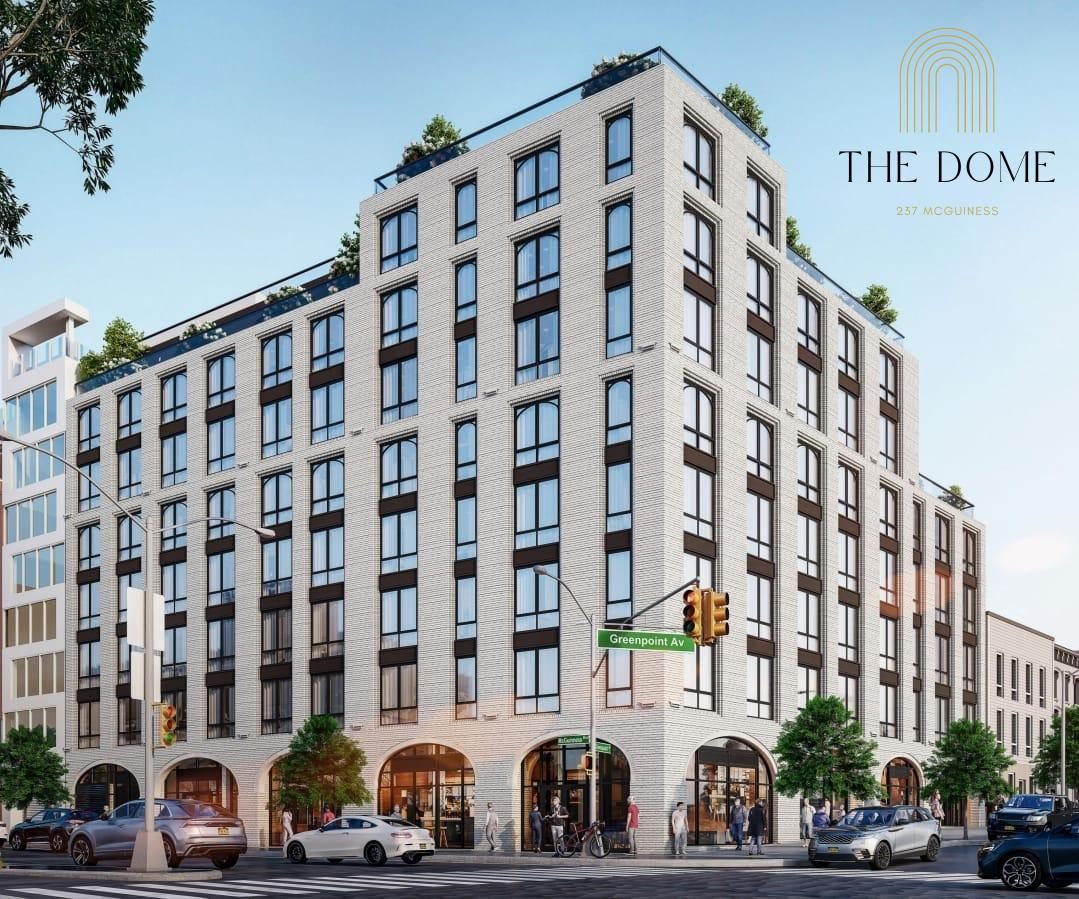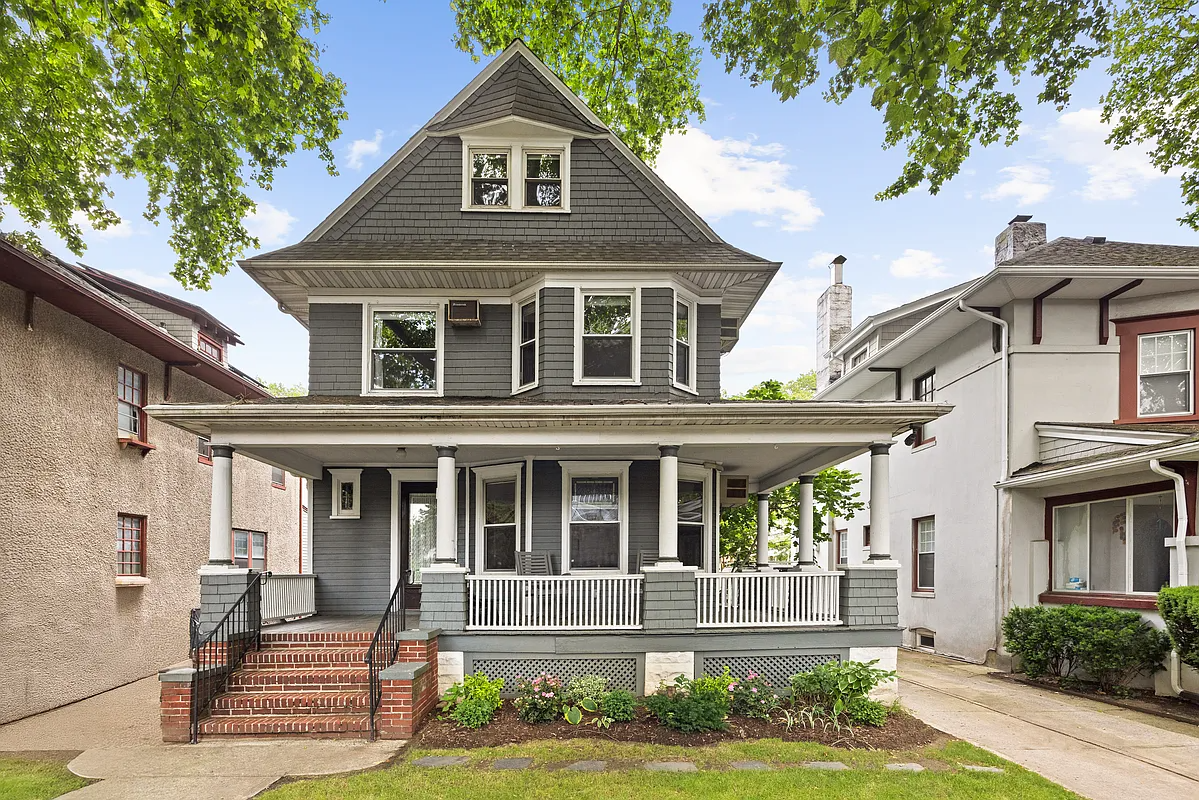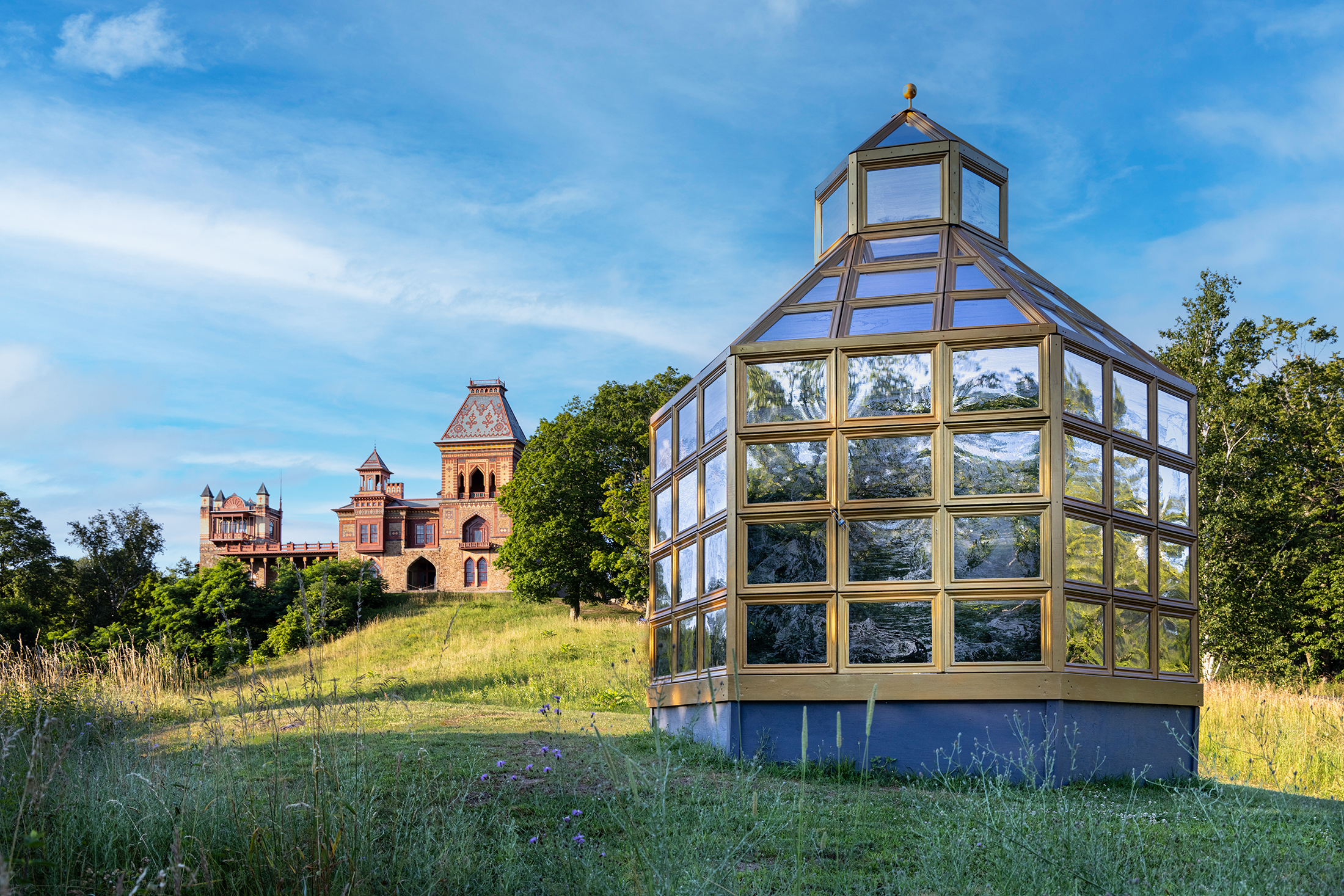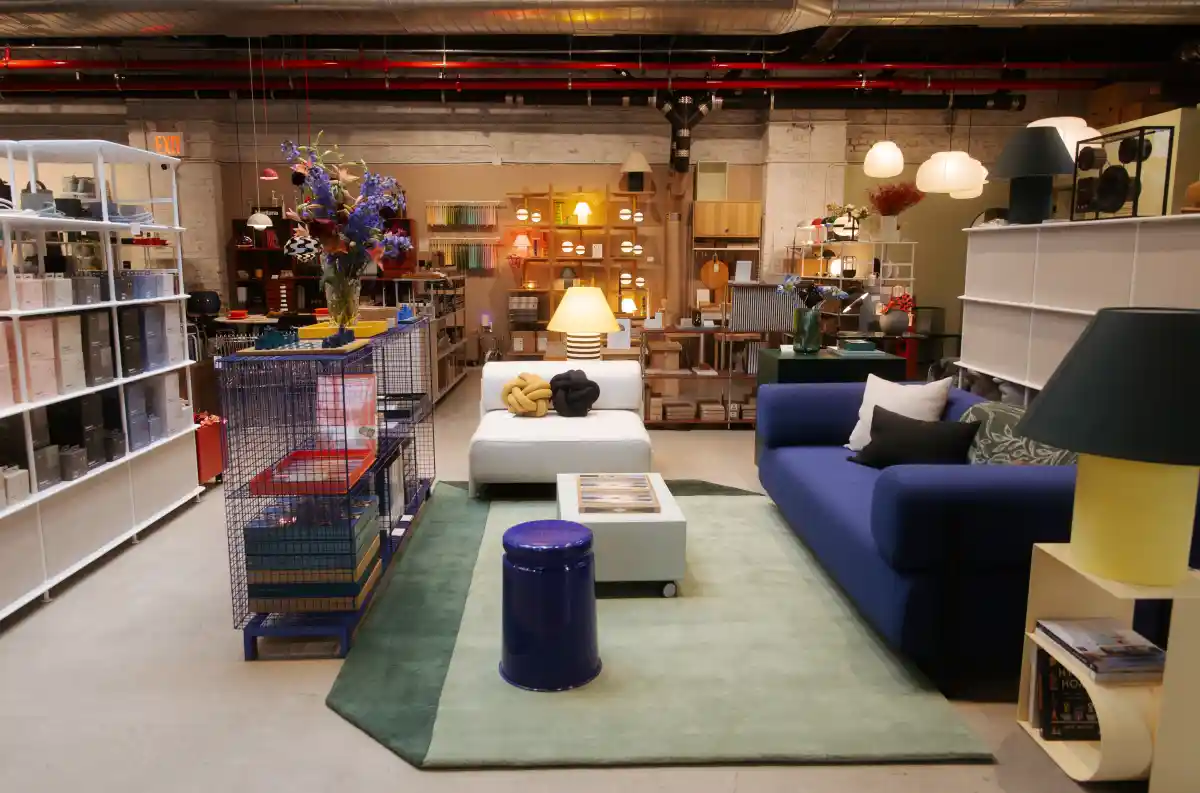A Greenpoint Mansion for a Porcelain Prince
This freestanding Greenpoint mansion was home to Thomas C. Smith, one of Greenpoint’s important residents.

Editor’s note: This story originally ran in 2015 and has been updated. You can read the previous post here.
This freestanding mansion at 138 Milton Street in Greenpoint was home to Thomas C. Smith, who also designed and built it. Smith was one of Greenpoint’s important residents — an accomplished architect-builder and successful businessman.

Smith was a man blessed with both talent and business savvy. He was born in Bridgehampton, Long Island, in 1816. He came to New York City as a young man and was a builder’s apprentice for several years. In 1830, he went out on his own as a builder.
Most builders of that day were their own architects, and Smith was no different. He established a fine business that would lead to Brooklyn. He retired from building in 1863.
The Union Porcelain Works
In the course of Smith’s business he had acquired a small pottery company at 300 Eckford Street as payment for a debt. Due in part to the ongoing Civil War, the firm was in bad financial shape. They had been in business since 1854, mostly producing porcelain doorknobs.

Smith was ready for a new challenge, so he went to France and England to investigate porcelain factories there. He got quite an education and learned the porcelain business in full.
When he returned, he put his new knowledge to work and rebuilt his factory, calling it the Union Porcelain Works, the first hard porcelain factory in the United States.

Union Porcelain grew, eventually taking up almost the entire block. Their bread and butter products were mostly restaurant ware, as well as porcelain connectors and industrial parts. They also made tiles and other products.
But they also branched out, and up, producing some of the finest artistic porcelain in the United States. It was even admired and collected in Europe. Under the direction of sculptor Karl Mϋller, Union Porcelain took home great honors at the 1876 Philadelphia Centennial Exhibition, with fine porcelain tea sets, vases and decorative objects. Today, Union Porcelain is highly collectable, and many of the exhibition pieces are in museums across the country.

Building Milton Street
Around the time he came back from France, Smith purchased a large piece of land on Milton Street from Governor Samuel Tilden. He built his own home in the middle of it in 1866-1867, and proceeded to carefully develop the rest over the next 15 years, designing and building most of the row houses on the south side of Milton Street, as well as other local properties he owned.

Smith furnished some of those row houses on Milton Street with “special hearth tiles of hard porcelain designed with blue griffins and butterflies on a white background,” according to the Greenpoint Historic District designation report.
He put a lot of thought and effort into his own home. The house is two stories, much wider than it is tall. The 45-by-40-foot house sits on a 62-by-100-foot lot. It’s in an austere Federal style, with embellishments from several period styles.
Smith designed himself a symmetrical house, in keeping with Federal dictates; it had an ornate entryway with a large portico supported by Tuscan-style columns. The windows on both sides of the entryway have heavy pedimented surrounds, and complement the main entrance.

The sides of the house also have matching protruding bays. The entire house is capped by a wooden cornice with Neo Grec-style brackets and enclosed behind a handsome wrought iron fence.
In addition to his porcelain works and building, Smith was also president of the Ophthalmic Hospital and College of New York, as well as one of the organizers of the Seventeenth Ward Bank and its president for four years.

He helped to organize the Manufacturers’ Insurance Company, and was a director and trustee for the committee to build a memorial in Manhattan for Ulysses S. Grant. He died in January of 1901, leaving behind a widow, a son and three daughters. The house stayed in family hands until 1907. By this time the house had been given a stucco facade and elaborate urns were placed atop the cornice.

The Union Porcelain Works stayed in business until 1922, when the giant kilns finally cooled down for good. The Brooklyn Museum has many fine examples of the firm’s works in its collection. The factory building itself is long gone.
The house served as Greenpoint’s YMCA from 1921 until 1944. That year the building was purchased by the Greenpoint Reformed Church, which, 71 years later, still owns it.
Related Stories
- The Swiss Chalet of Greenpoint (Photos)
- This Greenpoint Church Was Designed by a Well-Known Medieval Gothic Revivalist Architect
- A Spruced-Up Greenpoint Wood-Frame Italianate Delights the Eye
Email tips@brownstoner.com with further comments, questions or tips. Follow Brownstoner on Twitter and Instagram, and like us on Facebook.





What's Your Take? Leave a Comment